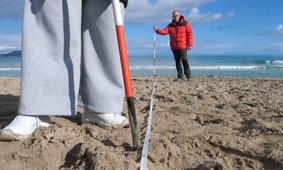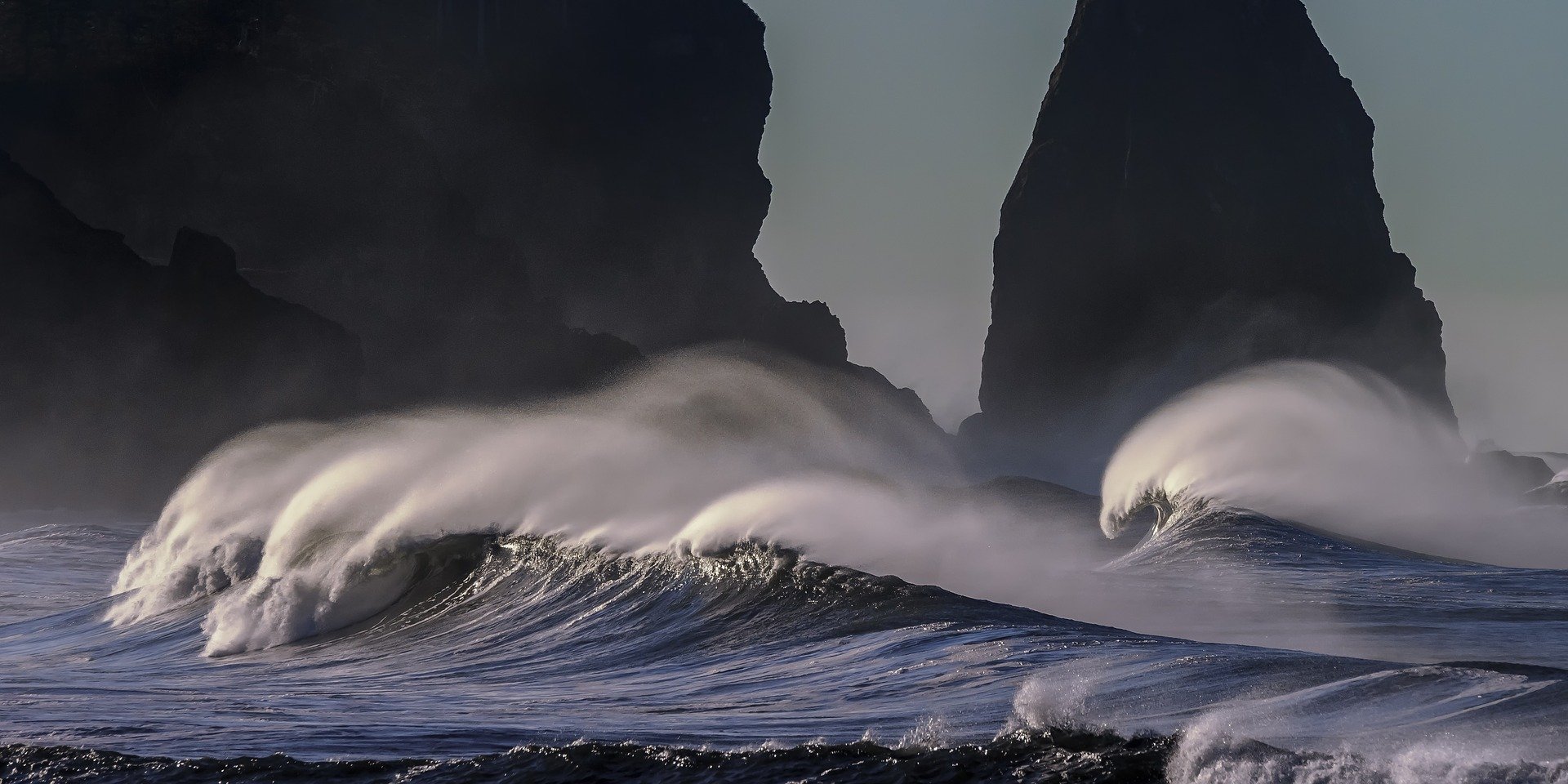
Coasts videos
GCSE • IGCSE • A-level • IA-level • IB • National 5 • Highers • Leaving Cert • Undergraduate
Coastal processes and landforms
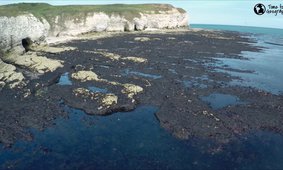
Erosional processes and landforms introduction
Coasts - Knowledge Booster

Types of waves
Coasts - Knowledge Booster
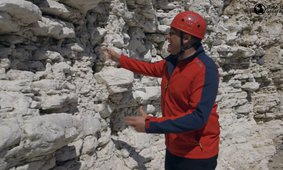
Marine erosion processes
Coasts - Knowledge Booster
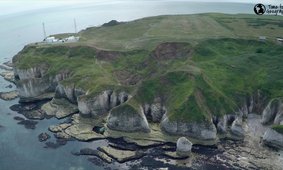
Subaerial erosion processes
Coasts - Knowledge Booster
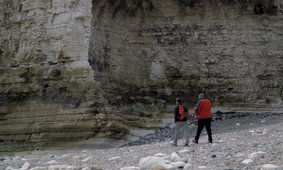
Large-scale erosional landforms
Coasts - Knowledge Booster
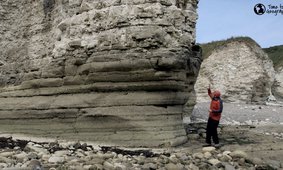
Formation of a wave-cut (shore) platform
Coasts - Knowledge Booster
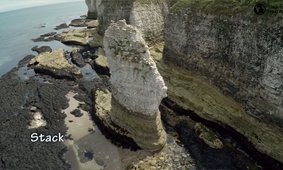
Formation of a sea stack
Coasts - Knowledge Booster
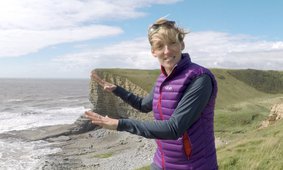


Do sea cliffs sway during storms?
Coasts - Curiosity Booster
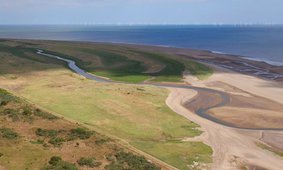


Sand dunes: formation and succession
Coasts - Knowledge Booster
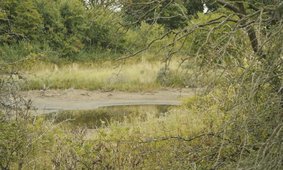


Sand dunes: dune slack wetlands
Coasts - Knowledge Booster


How does the moon help drive ocean circulation?
Coasts - Community Insight
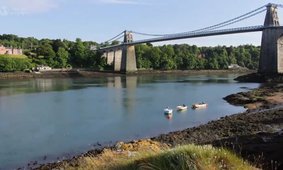

What causes the tides?
Coasts - Community Insight
Coastal management
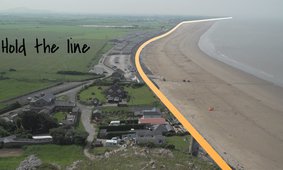


The challenges of sea-level rise and coastal management
Coasts - Knowledge Booster
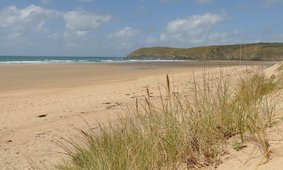


Soft engineering: Sand dune management
Coasts - Knowledge Booster
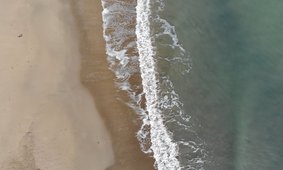


Soft engineering: Beach management
Coasts - Knowledge Booster
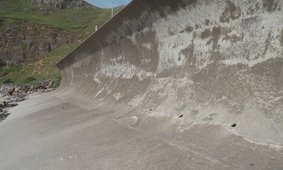


Hard engineering approaches to coastal management
Coasts - Knowledge Booster
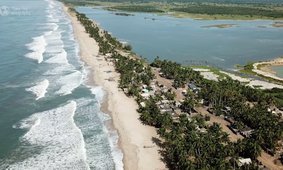


Impacts of climate change on low-lying coastlines | The Muni coastal lagoon, Ghana
Coasts - Knowledge Booster
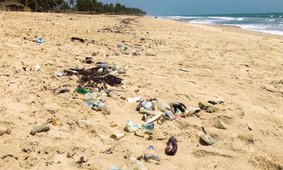

Impacts of coastal change on local communities in Ghana
Coasts - Community Insight
Coasts fieldwork
Coasts GCSE-style exam questions
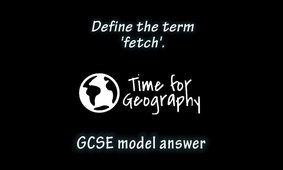
Define the term 'fetch' (1)
Coasts - Grade Booster
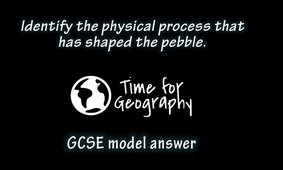
Identify the physical process that has shaped the pebble (1)
Coasts - Grade Booster

Label two landforms shown in the photograph (2)
Coasts - Grade Booster
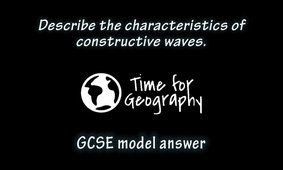
Describe the characteristics of constructive waves (3)
Coasts - Grade Booster
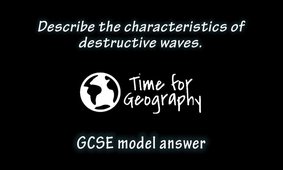
Describe the characteristics of destructive waves (3)
Coasts - Grade Booster
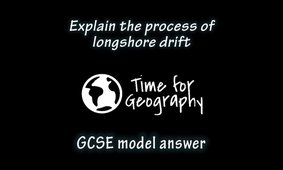
Explain the process of longshore drift (3)
Coasts - Grade Booster
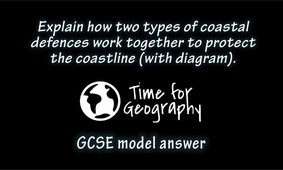
This diagram shows two types of coastal defences. Explain how they work together to protect the coastline. (3)
Coasts - Grade Booster
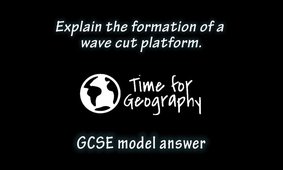
Explain the formation of a wave-cut (shore) platform (4)
Coasts - Grade Booster
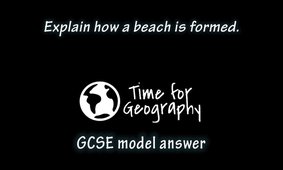
Explain how a beach is formed (4)
Coasts - Grade Booster

Explain the soft engineering strategy of "Managed Retreat". (4)
Coasts - Grade Booster
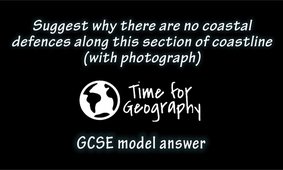
Study the photograph showing a section of the Yorkshire coast. Suggest why there are no coastal defences along this section of coastline. (4)
Coasts - Grade Booster
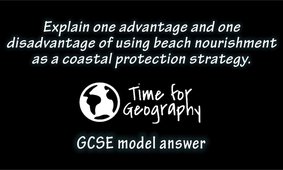
Explain one advantage and one disadvantage of using beach nourishment as a coastal protection strategy. (4)
Coasts - Grade Booster
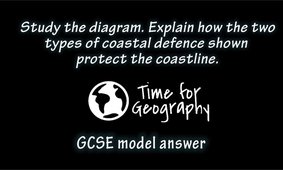
Study the diagram. Explain how the two methods of coastal defences shown protect the coastline (4)
Coasts - Grade Booster
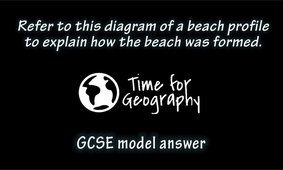
Refer to this diagram of a beach profile to explain how the beach was formed. (4)
Coasts - Grade Booster
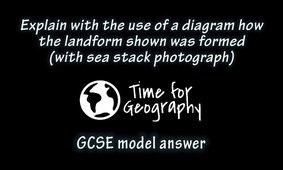
Explain with the use of a diagram how the landform shown was formed (6)
Coasts - Grade Booster
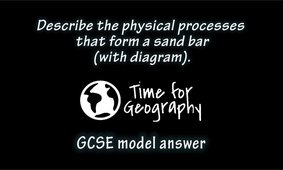
Describe, with the aid of a diagram, the physical processes that formed this bar (6)
Coasts - Grade Booster
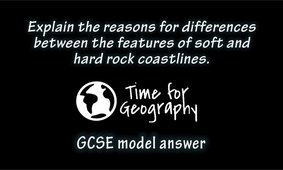
Explain the reasons for differences between the features of soft and hard rock coastlines (6)
Coasts - Grade Booster
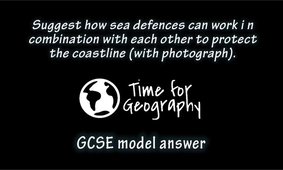
Suggest how the sea defences shown can work in combination with each other to protect the coastline. (6)
Coasts - Grade Booster
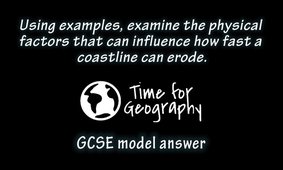
Using examples, examine the physical factors that can influence how fast a coastline can erode (8)
Coasts - Grade Booster
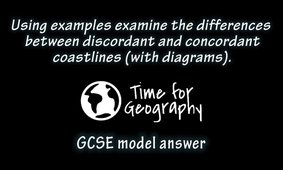
Using examples examine the differences between discordant and concordant coastlines (with diagrams) (8)
Coasts - Grade Booster

Evaluate how soft engineering schemes could be more sustainable than hard engineering schemes. (8)
Coasts - Grade Booster

Examine how soft engineering could prevent coastal erosion. (8)
Coasts - Grade Booster
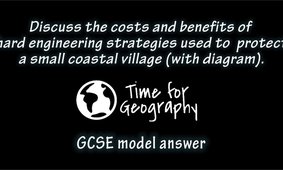
Discuss the costs and benefits of hard engineering coastal defences (8)
Coasts - Grade Booster
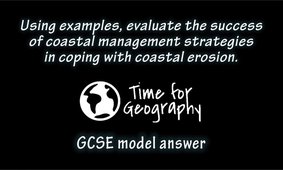
Evaluate the success of coastal management strategies (8)
Coasts - Grade Booster
